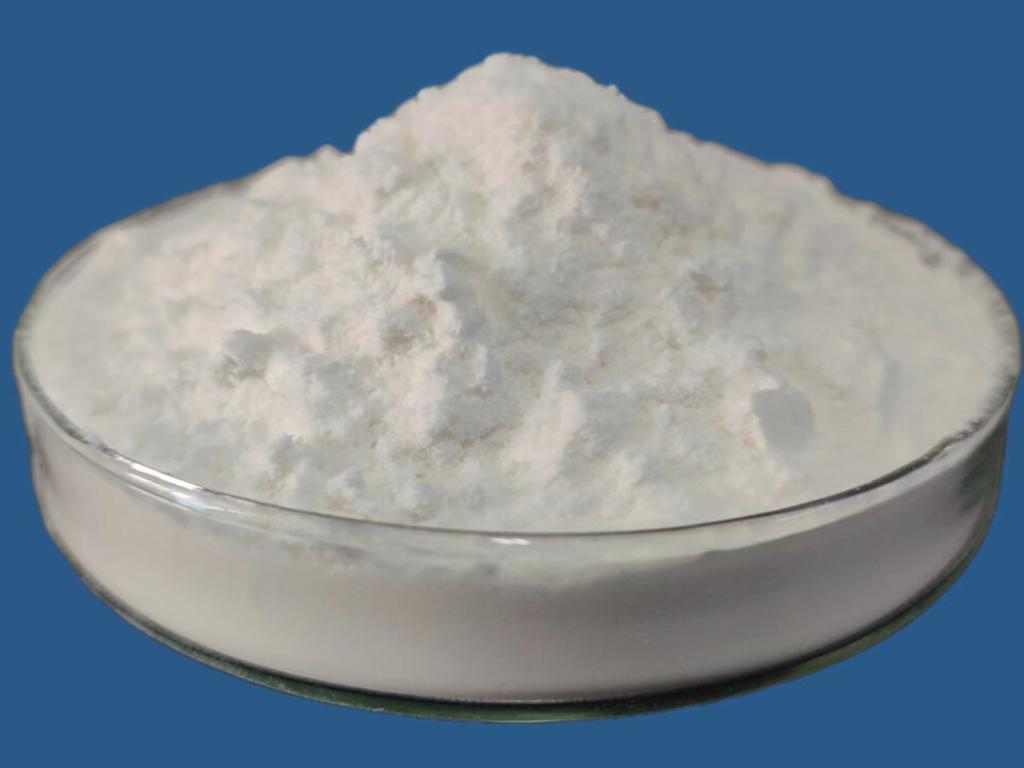Tel:+8618231198596

News
 CONTACT
CONTACT
 CONTACT
CONTACT
- Linkman:Linda Yao
- Tel: +8618231198596
- Email:linda.yao@dcpharma.cn
- Linkman:CHARLES.WANG
- Department:Overseas
- Tel: 0086 0311-85537378 0086 0311-85539701
News
Regulatory Considerations for ε-Polylysine Hydrochloride in Food.
TIME:2023-08-31
The Regulatory Framework for Food Additives
Food additives, including antimicrobial agents like ε-Polylysine hydrochloride, are subject to stringent regulatory oversight to ensure their safety for consumption. Regulatory agencies around the world establish standards and guidelines to assess the safety, efficacy, and proper use of food additives. These agencies evaluate data from scientific studies, toxicity assessments, and exposure estimates to determine the acceptable level of use in food products.
Safety Assessment of ε-Polylysine Hydrochloride
1. Toxicological Studies:
To assess the safety of ε-Polylysine hydrochloride, toxicological studies are conducted to determine its potential adverse effects on human health. These studies examine acute toxicity, subchronic toxicity, genotoxicity, carcinogenicity, and reproductive and developmental toxicity.
2. Allergenicity Assessment:
An important aspect of safety assessment involves evaluating the potential allergenicity of ε-Polylysine hydrochloride. This includes comparing its amino acid sequence to known allergens and conducting tests to determine its sensitizing potential.
3. Exposure Assessment:
Regulatory agencies analyze exposure estimates to assess the potential intake of ε-Polylysine hydrochloride through different food products. This assessment ensures that the additive's use remains within safe levels, considering various consumption patterns.
Approval and Regulation Processes
1. Submission of Data:
Producers of ε-Polylysine hydrochloride submit comprehensive data on its safety and efficacy to regulatory agencies. This includes data from toxicological studies, allergenicity assessments, and exposure estimates.
2. Expert Review:
Regulatory agencies assemble expert panels to review the submitted data and determine the additive's safety and suitability for specific food applications. These panels consist of toxicologists, microbiologists, chemists, and other relevant experts.
3. Establishment of Maximum Usage Levels:
Based on the safety assessments and expert reviews, regulatory agencies establish maximum usage levels (MRLs) for ε-Polylysine hydrochloride in various food products. These MRLs ensure that the additive's use remains safe for consumers.
4. Labeling Requirements:
If ε-Polylysine hydrochloride is approved for use, labeling requirements are established to inform consumers of its presence in food products. Clear and accurate labeling ensures transparency and allows consumers to make informed choices.
International Harmonization Efforts
Efforts are underway to harmonize regulations and standards for food additives globally. International organizations, such as the Codex Alimentarius Commission, work to develop guidelines and standards that serve as a reference for regulatory agencies worldwide. Harmonization enhances consistency in safety evaluations and facilitates trade by minimizing differences in regulatory requirements across countries.
Challenges and Future Directions
1. Variability in Regulations:
Different countries have varying regulatory frameworks for food additives. This can create challenges for producers seeking to market products globally, necessitating compliance with multiple sets of regulations.
2. Advances in Research:
As scientific understanding evolves, regulatory agencies must stay current with the latest research to make informed decisions about the safety and efficacy of ε-Polylysine hydrochloride and other additives.
3. Consumer Education:
Clear communication to consumers about the safety and benefits of ε-Polylysine hydrochloride is crucial to gain their trust and acceptance.
Conclusion
The integration of ε-Polylysine hydrochloride into the food industry requires thorough regulatory evaluations to ensure consumer safety and product quality. The regulatory landscape includes comprehensive safety assessments, approval processes, and international harmonization efforts. By adhering to these rigorous standards, producers can confidently bring innovative solutions like ε-Polylysine hydrochloride to the market, enhancing food safety, quality, and shelf life while meeting the demands of consumers for safe and natural food products.
- Tel:+8618231198596
- Whatsapp:18231198596
- Chat With Skype







